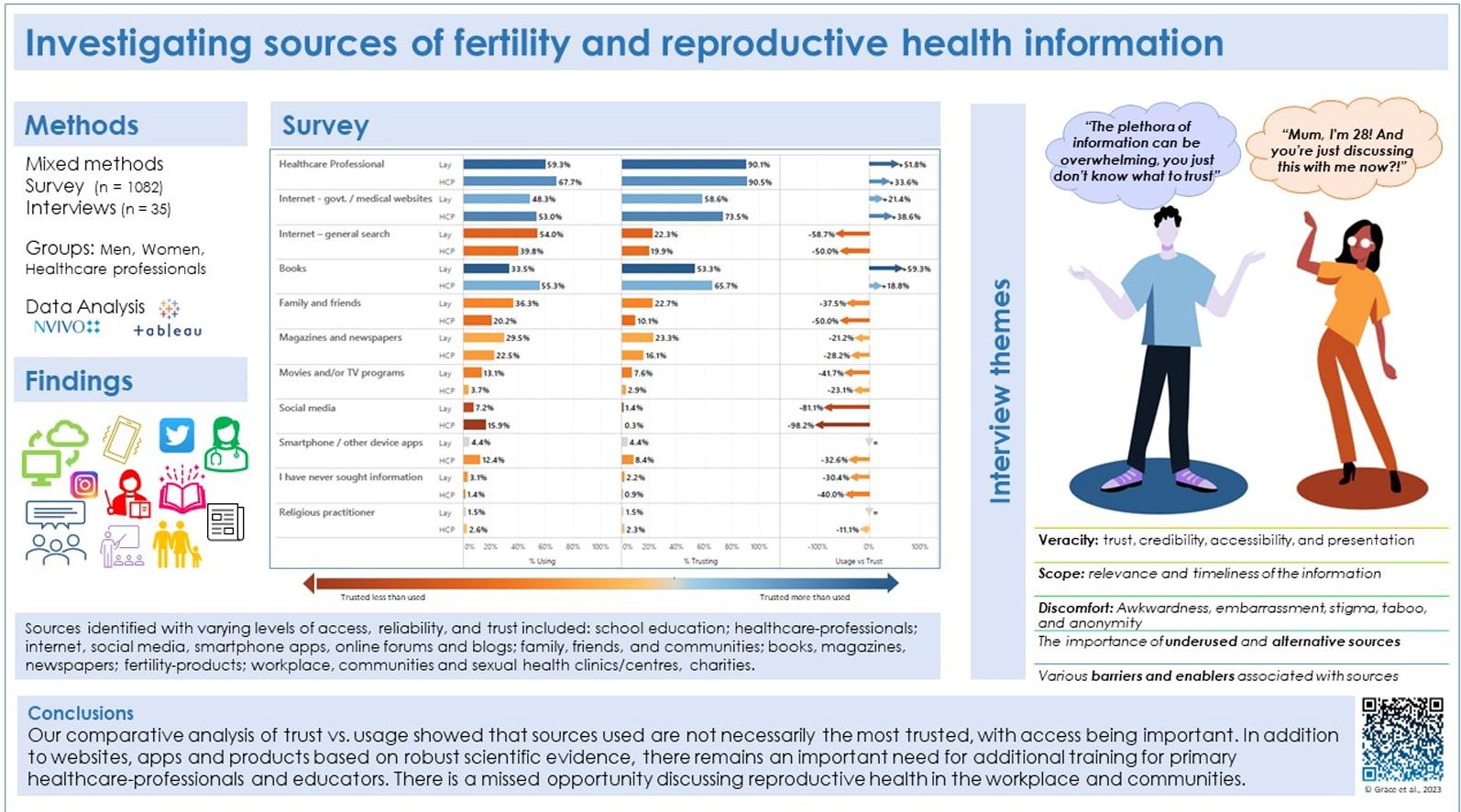Fertilizer use plays a pivotal role in modern agriculture, directly impacting several Sustainable Development Goals (SDGs), established by the United Nations to address global challenges and ensure a sustainable future. Its most direct contribution is to SDG 2 (Zero Hunger), which aims to end hunger, achieve food security, improve nutrition, and promote sustainable agriculture. By enhancing soil fertility and promoting robust plant growth, fertilizers significantly increase agricultural productivity. This boost in yield is essential in feeding the growing global population and ensuring food security, particularly in regions prone to food scarcity.
However, the relationship between fertilizer use and the SDGs is multifaceted and requires careful management. Overuse or improper application of fertilizers poses significant risks. Excessive use of nitrogen and phosphorus, common in synthetic fertilizers, can lead to eutrophication of water bodies. This process results in excessive algae growth, depleting oxygen in the water and harming aquatic life, thus impacting SDG 6 (Clean Water and Sanitation). This goal focuses on ensuring the availability and sustainable management of water and sanitation for all, and the contamination of water sources by fertilizer runoff directly contravenes this objective.
Similarly, inappropriate fertilizer use can lead to soil degradation, affecting SDG 15 (Life on Land), which aims to protect, restore, and promote sustainable use of terrestrial ecosystems, manage forests sustainably, combat desertification, halt and reverse land degradation, and halt biodiversity loss. Healthy soil is crucial for maintaining ecosystem balance, and its degradation can lead to reduced agricultural productivity, loss of biodiversity, and increased vulnerability to climate change.
Furthermore, certain types of fertilizers, particularly those rich in nitrogen, can contribute to the emission of nitrous oxide, a potent greenhouse gas. This exacerbates global warming and climate change, thereby impacting SDG 13 (Climate Action), which calls for urgent action to combat climate change and its impacts. The agricultural sector is a significant source of greenhouse gas emissions, and the role of fertilizers in this context cannot be overlooked.
To address these challenges, SDG 12 (Responsible Consumption and Production) becomes particularly relevant. This goal emphasizes the need for sustainable management and efficient use of natural resources. In the context of fertilizers, it promotes the development and use of more sustainable fertilizer options, including organic fertilizers and precision agriculture techniques. These practices aim to optimize fertilizer application, ensuring that crops receive the nutrients they need while minimizing environmental impact. By doing so, SDG 12 fosters a balance between the need for increased agricultural productivity and the imperative of environmental stewardship.
The interplay between fertilizer use and the SDGs illustrates the complexity of achieving sustainable development. It underscores the need for an integrated approach that considers economic, social, and environmental dimensions. By optimizing fertilizer use and embracing sustainable agricultural practices, it is possible to contribute positively to achieving the SDGs, particularly those related to hunger, water, land, and climate. This holistic approach is crucial for ensuring that the benefits of fertilizer use are maximized while its negative impacts are minimized, contributing to a more sustainable and equitable world.
Facultative polyandry protects females from compromised male fertility caused by heatwave conditions
Animal Behaviour, Volume 178, August 2021
Why is polyandry such a common mating behaviour when it exposes females to a range of significant fitness costs? Here, we investigated whether polyandry protects females against reduced male fertility caused by thermal stress from heatwave conditions. Sperm production and function are vulnerable to heat, and heatwave conditions are forecast to increase as our climate warms, so we examined these effects on female reproduction and mating behaviour in the flour beetle, Tribolium castaneum, a promiscuous ectotherm model in which fertility is damaged by environmental warming.
One of the key Sustainable Development Goals (SDG) set by the United Nations (UN) aims by 2030 to “end hunger, achieve food security and improved nutrition and promote sustainable agriculture”. Fertilizers will play a pivotal role in achieving that goal given that ~90% of crop production growth is expected to come from higher yields and increased cropping intensity. However, materials-science research on fertilizers has received little attention, especially in Africa.
All crops require nitrogen (N) for the production of a photosynthetically active canopy, whose functionality will strongly influence yield. Cereal crops also require N for storage proteins in the grain, an important quality attribute. Optimal efficiency is achieved by the controlled remobilization of canopy-N to the developing grain during crop maturation. Whilst N will always be required for crop production, targeting efficient capture and use will optimise consumption of this valuable macronutrient.



